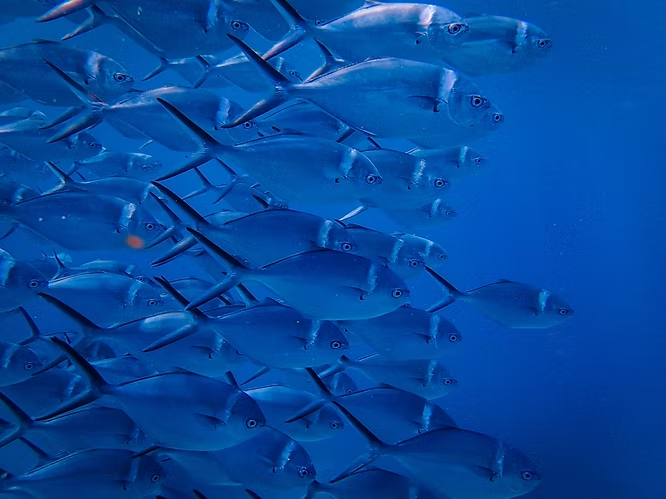The Hidden Voices of Fish
While whales are famous for their songs, fish are often thought to be silent. In reality, many fish species produce sounds using specialized muscles, swim bladders, or pharyngeal teeth, and these vocalizations are governed by neural circuits similar to those in other vertebrates.
Historical Observations
Reports of fish sounds date back to Aristotle, who noted their inarticulate squeaks. Interest grew sporadically through the Enlightenment, and the use of hydrophones during World War II advanced the study of underwater acoustics. Between 1950 and 1970, Marie Fish and William Mowbray compiled recordings from over 150 species, revealing that sound production is more common than previously thought.
Modern Research and Methodology
Aaron Rice of Cornell University recently conducted a large-scale survey of ray-finned fishes, or actinopterygians, which represent more than half of all vertebrate species. Due to the clade’s size, the study focused on family-level analyses using published literature, morphology, and phylogenetic relationships to predict sound-producing species.
Key Findings
- Two-thirds of actinopterygian species belong to families containing at least one sound-producing fish.
- Vocalization has independently evolved 33 times across the clade, far more than in most other vertebrates.
- The phenomenon appears to provide adaptive advantages, such as attracting mates or deterring competitors.
Implications for Evolution and Behavior
Independent evolution of vocalization suggests it serves important functions across different habitats and contexts. Seasonal changes in sound reception, as seen in midshipman fish, may have also evolved multiple times, highlighting the dynamic interplay between morphology, behavior, and environment.
Future Directions and Conservation
Rice’s work provides a foundation for species-level studies and has implications for conservation. Postdoctoral researcher Kieran Cox is incorporating bioacoustics into marine ecosystem studies, emphasizing that human-made noise could interfere with fish communication, mating, and reproductive success.
The Broader Significance
- Understanding fish vocalization helps map evolutionary adaptations in vertebrate communication.
- Global initiatives like the FishSounds website catalog fish sounds, supporting research and conservation.
- Noise pollution may disrupt natural soundscapes, affecting fish behavior and ecosystem dynamics.
Conclusion
Fish vocalizations are far more widespread and ecologically important than previously recognized. Modern research combining morphology, phylogenetics, and bioacoustics reveals repeated independent evolution, offering insights into adaptation, communication, and conservation challenges in the world’s oceans.

